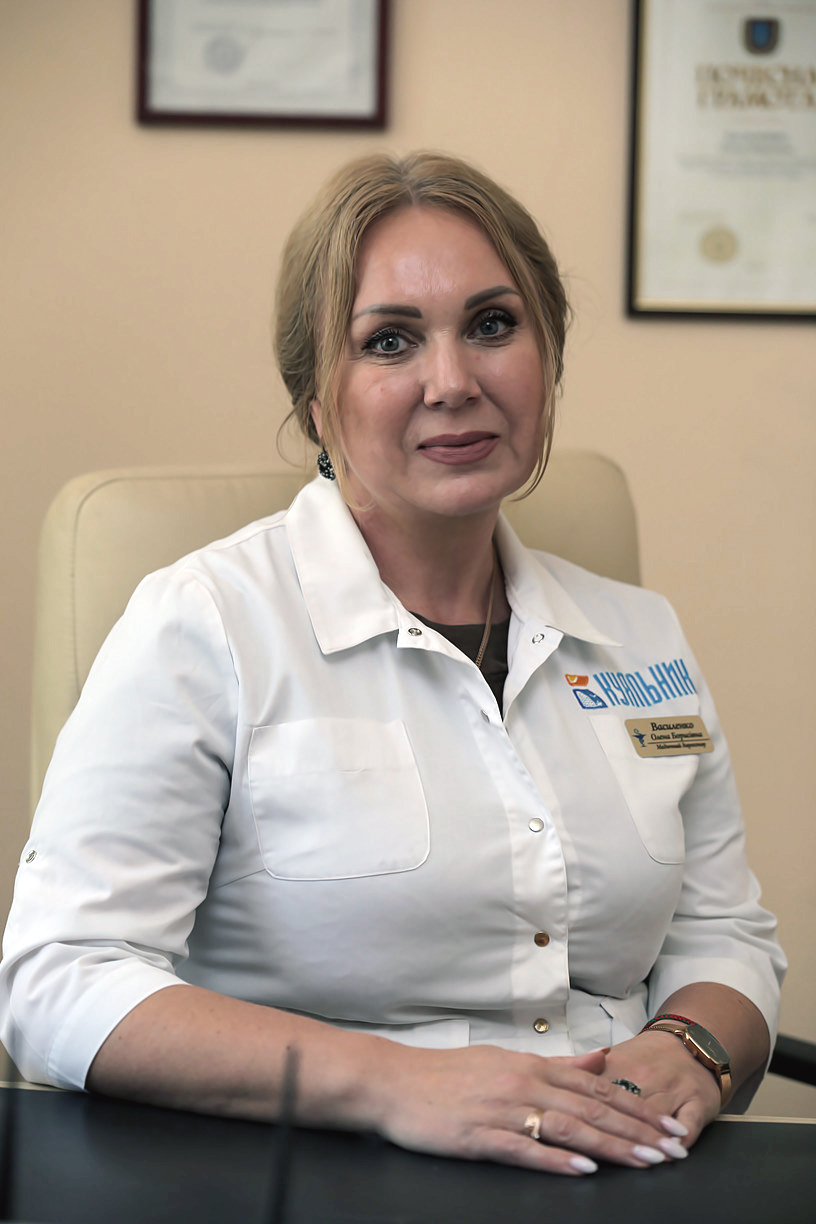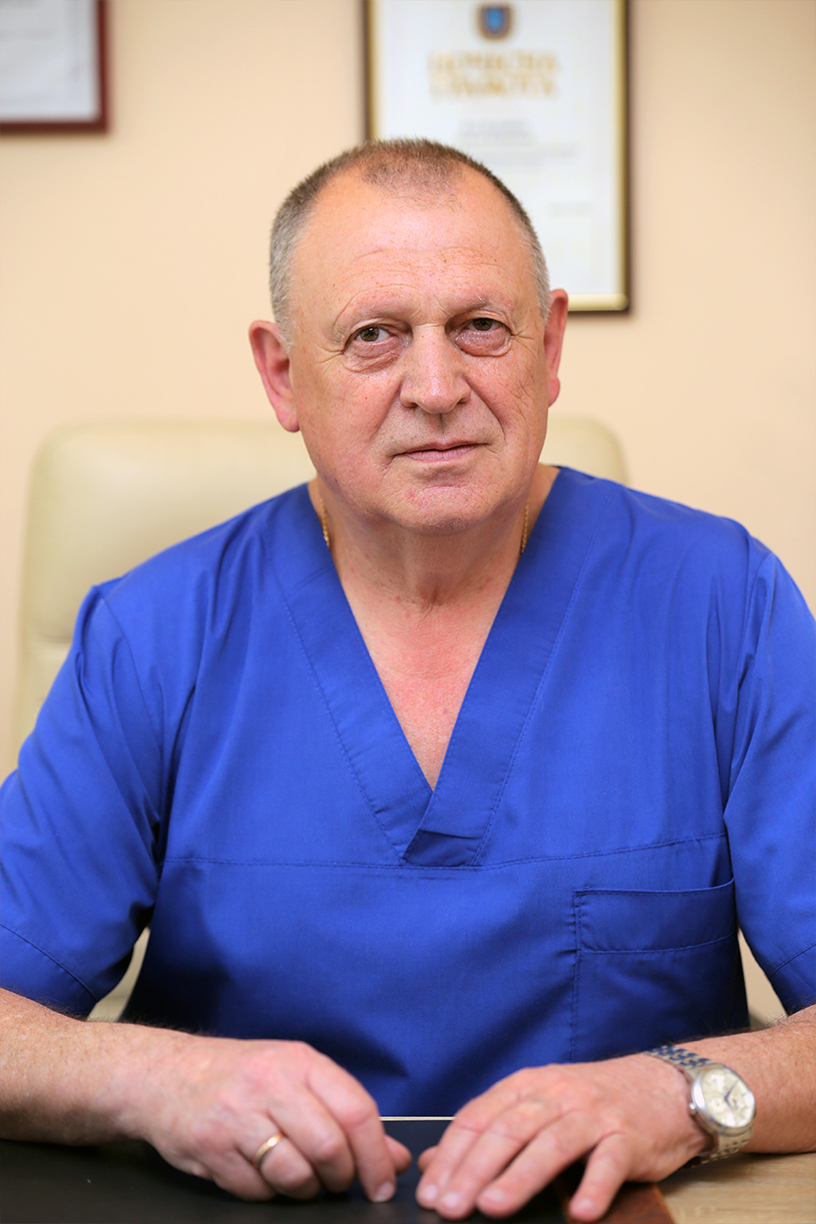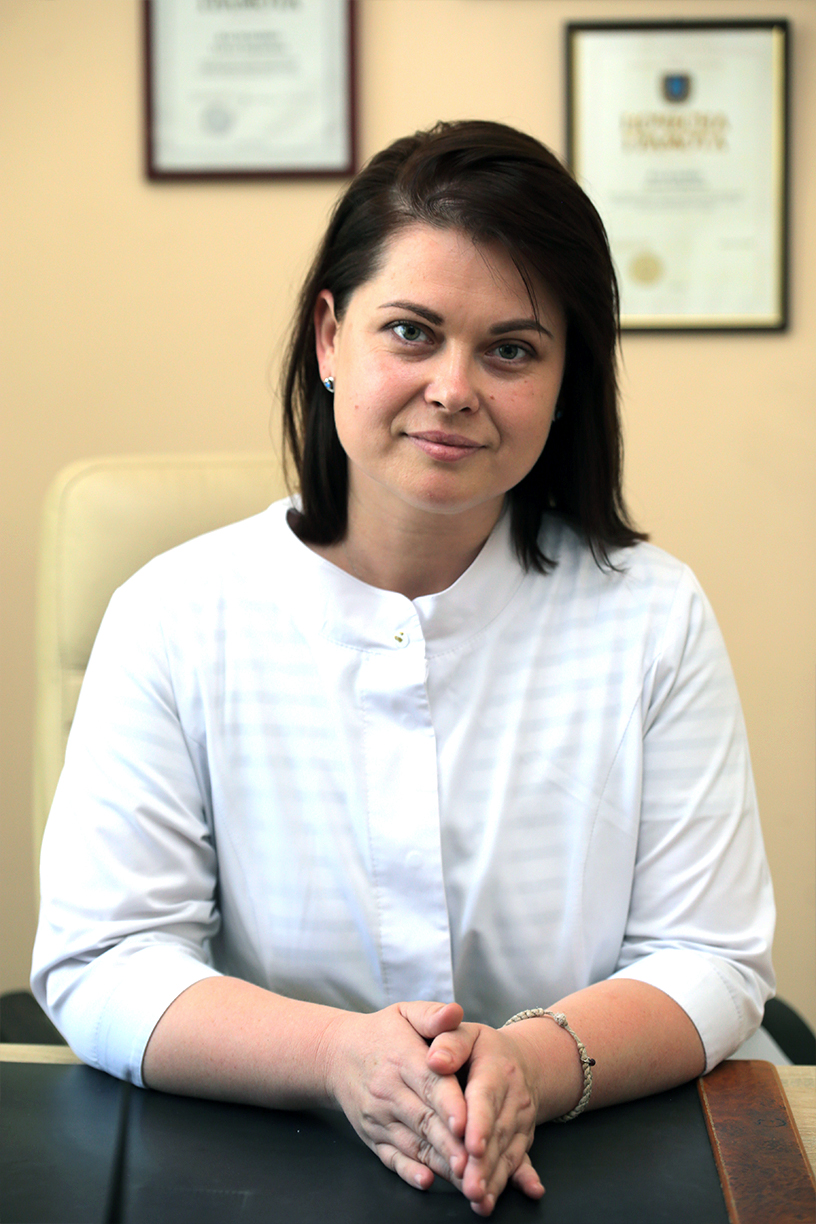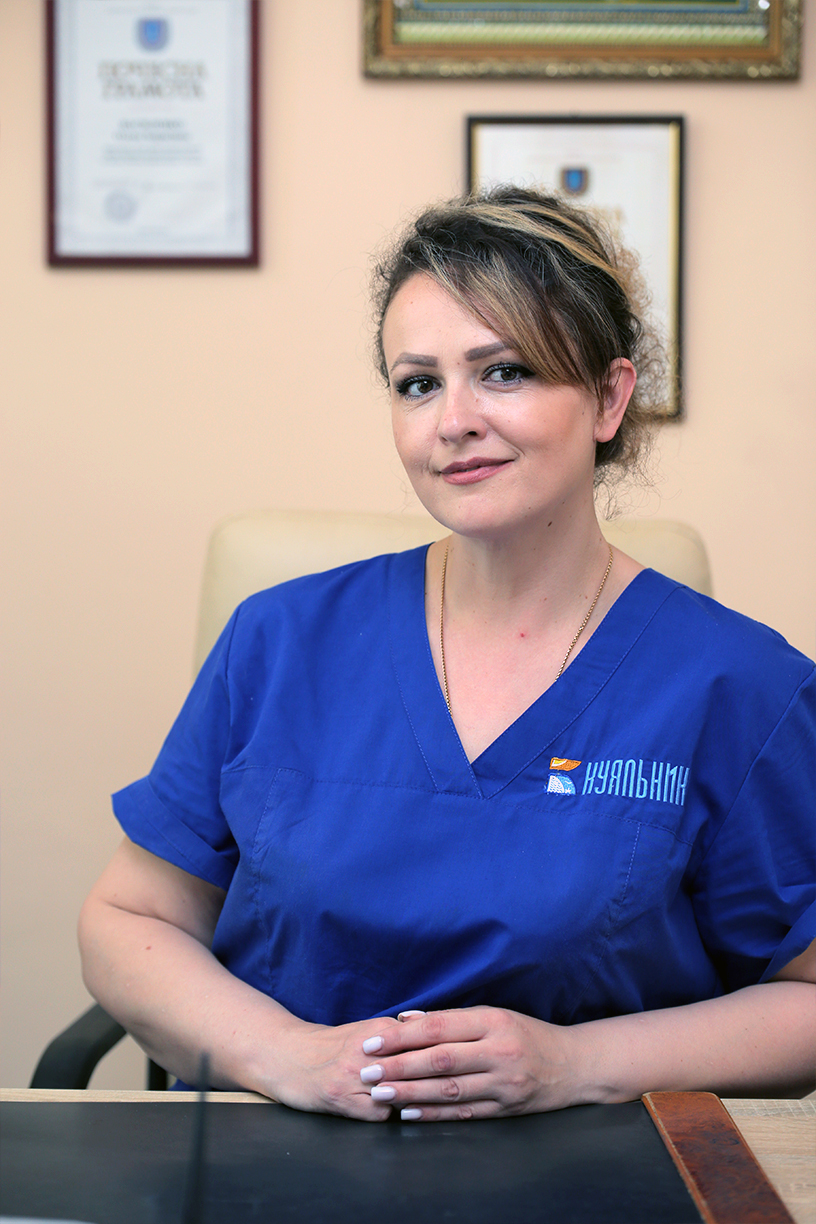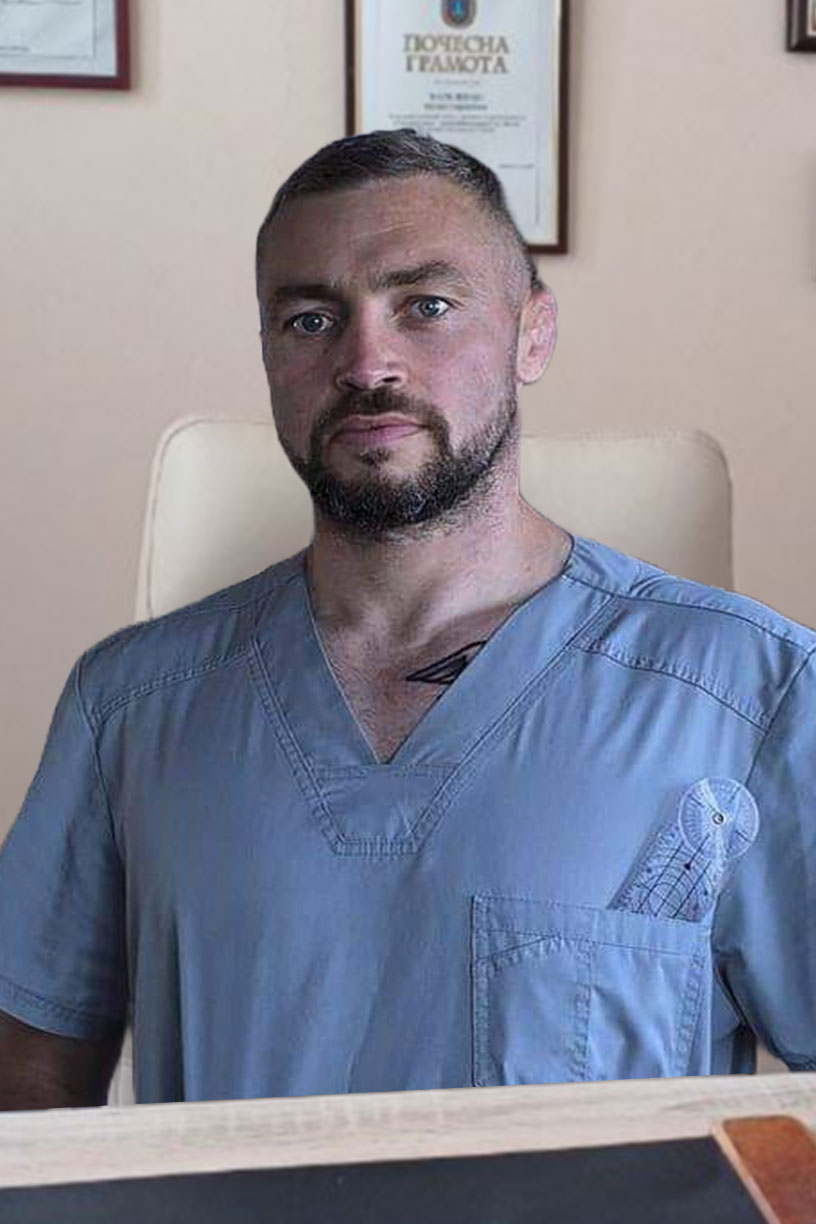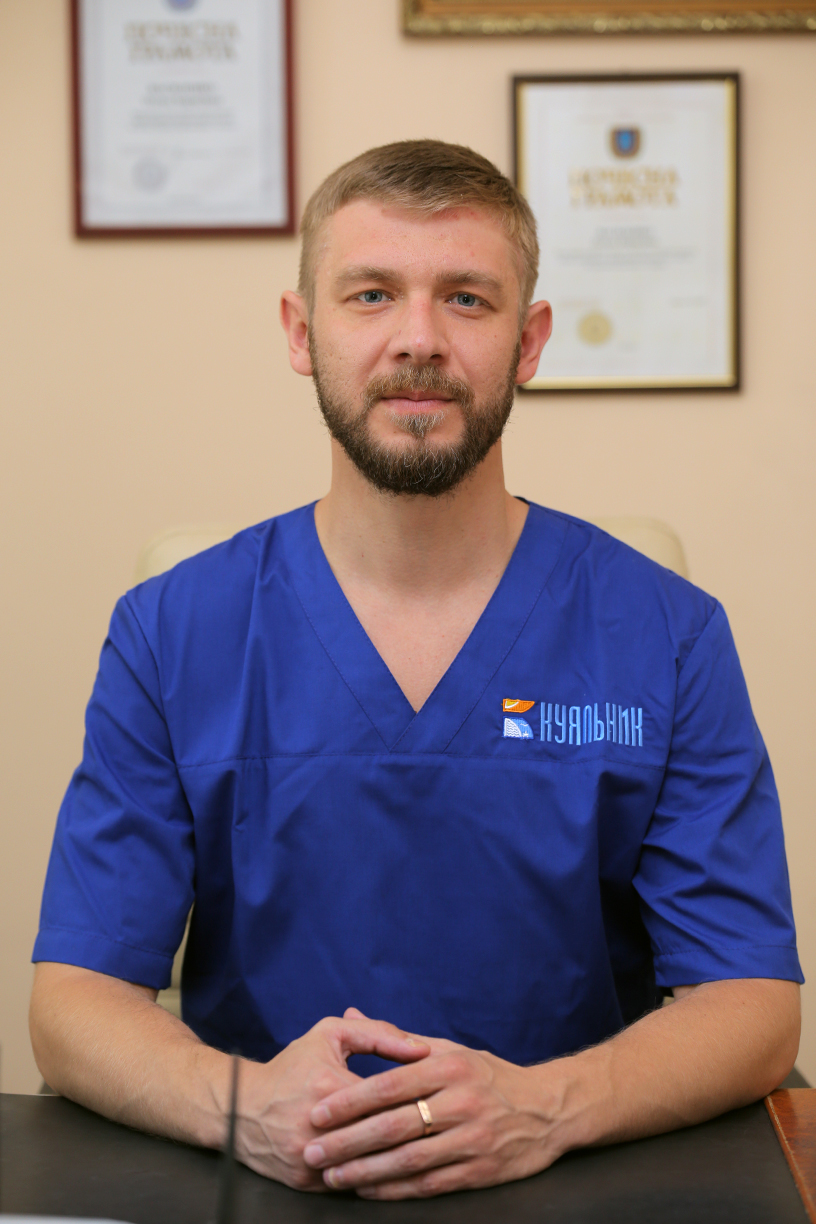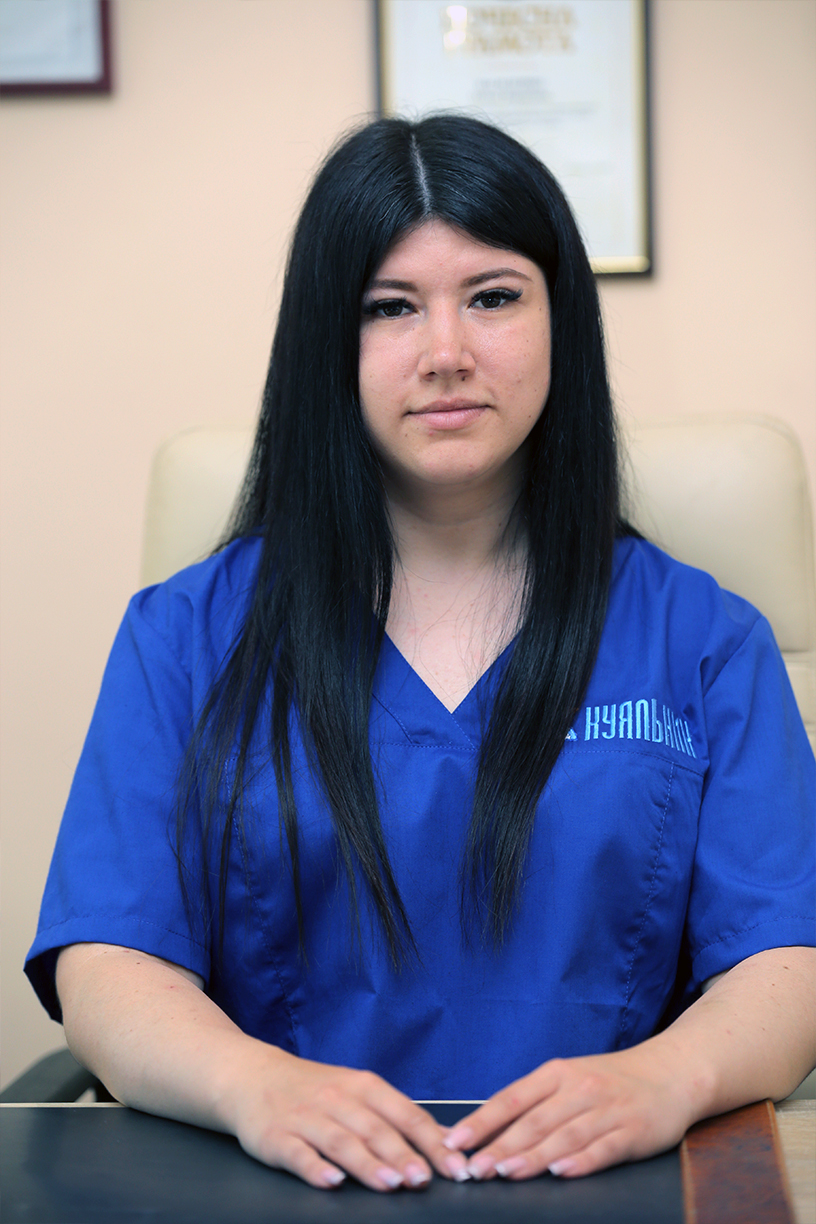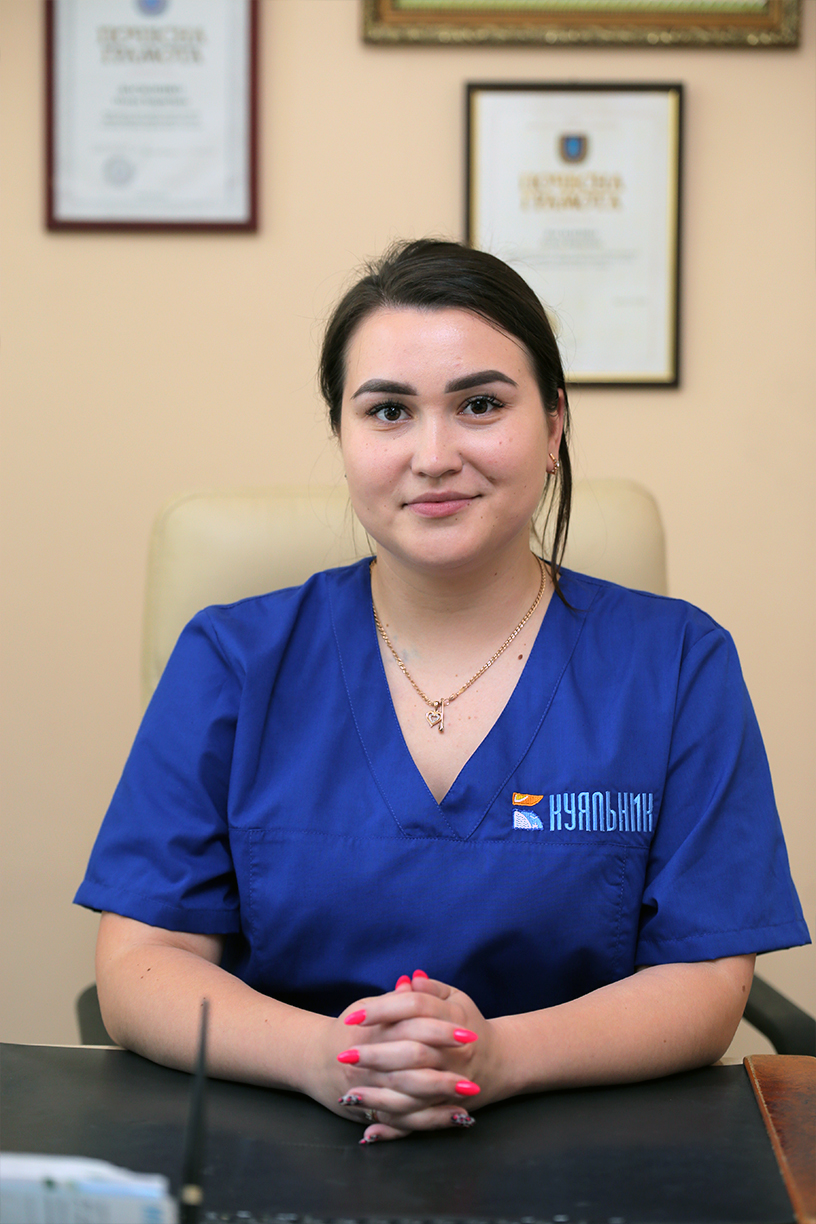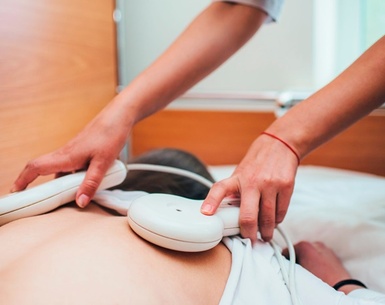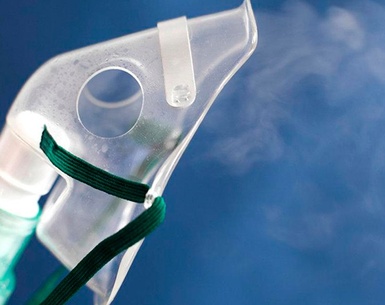The Kuyalnik Sanatorium has extensive experience in treating diabetic foot, a condition that develops against the background of angiopathy and neuropathy in patients with diabetes mellitus. This condition is characterized by trophic changes in the bones and muscles of the feet. Patients with diabetes mellitus often experience a decrease in immunity, which increases the likelihood of infections. Scratches and ulcers heal slowly, making proper treatment essential.
What is Diabetic Foot?
Diabetic foot is a serious complication of diabetes that affects the feet due to poor blood circulation (angiopathy) and nerve damage (neuropathy). This leads to trophic changes in the bones and muscles, often accompanied by infections due to decreased immunity. Slow-healing wounds and ulcers are common issues for diabetic patients.
Causes of Diabetic Foot
The primary causes of diabetic foot include:
- Angiopathy: Damage to blood vessels, leading to poor circulation.
- Neuropathy: Nerve damage, causing loss of sensation in the feet.
- High blood sugar levels: Poorly controlled diabetes contributes to vascular and nerve damage.
- Infections: Due to decreased immunity, even minor injuries can lead to severe infections.
Symptoms of Diabetic Foot
Patients with diabetes should be vigilant about the following symptoms:
- Heaviness in the legs while walking
- Swelling and puffiness of the feet
- Intermittent claudication (pain while walking)
- A burning sensation in the feet
- Frequent calluses and blisters
- Redness around wounds, indicating bacterial infection
Types of Diabetic Foot
There are several types of diabetic foot conditions:
- Neuropathic Ulcers: Caused by nerve damage, leading to a loss of sensation and subsequent injury.
- Ischemic Ulcers: Result from poor blood circulation due to damaged blood vessels.
- Mixed Ulcers: A combination of neuropathic and ischemic ulcers, requiring comprehensive treatment.
Diagnosis of Diabetic Foot
Diagnosis includes:
- Clinical Examination: Checking for ulcers, infections, and signs of neuropathy.
- Blood Tests: Assessing blood sugar levels and markers of infection.
- Imaging: X-rays, MRI, and other scans to evaluate the extent of tissue damage.
Treatment of Diabetic Foot with Mud Therapy at Kuyalnik Sanatorium
The Kuyalnik Sanatorium offers a unique mud therapy program for treating diabetic foot, which includes:
-
Gas-Mud Baths: These procedures improve blood circulation, enhance tissue nutrition, and reduce inflammation and swelling. Kuyalnik estuary mud contains beneficial trace elements and hydrogen sulfide compounds that help release carbon dioxide, improving blood flow and alleviating symptoms.
-
Mud Compresses: Local application of mud helps reduce inflammation, pain, and swelling. Mud compresses promote the healing of ulcers and improve the condition of the skin and underlying tissues.
-
Brine Baths and Pools: Kuyalnik estuary brine is rich in minerals that help strengthen blood vessels, improve circulation, and reduce swelling. Brine baths and pools have a general health-improving effect and contribute to the comprehensive treatment of diabetic foot.
-
Therapeutic Physical Training (TPT): Special exercises to strengthen leg muscles and improve blood circulation. TPT helps maintain muscle tone and prevents complications.
-
Mechanotherapy: Use of special devices to improve blood circulation and reduce symptoms. Mechanotherapy strengthens tissue structure and improves overall health.
-
Physiotherapy Procedures: Magnetotherapy, ultraton, darsonval – these procedures help reduce inflammation, improve blood circulation, and strengthen tissues.
Prevention of Diabetic Foot
Preventive measures include:
- Blood Sugar Control: Regular monitoring and management of blood sugar levels.
- Foot Care: Regular inspections of the feet for cuts, blisters, and other injuries.
- Proper Footwear: Wearing comfortable shoes that do not constrict the feet.
- Avoiding Cold Exposure: Protecting the feet from cold and moisture to prevent skin damage.
- Regular Check-ups: Visiting a healthcare provider regularly for foot examinations.
Post-Treatment Support
After completing a treatment course at the Kuyalnik Sanatorium, it is recommended:
- Rehabilitation Measures: Continuing physical exercises and procedures to maintain treatment results.
- Supportive Procedures: Regular sessions of physiotherapy and mud therapy to maintain tissue health and prevent complications.
- Monitoring and Preventive Examinations: Regular check-ups with a healthcare provider to monitor foot health and prevent further complications.
The Pirogov Sanatorium at the Kuyalnik Resort offers a comprehensive approach to treating diabetic foot, combining unique natural methods with modern technologies. Thanks to highly qualified specialists and an individual approach to each patient, high results and long-term positive effects are achieved. If you are looking for effective treatment for diabetic foot, contact the Pirogov Sanatorium at the Kuyalnik Resort.

